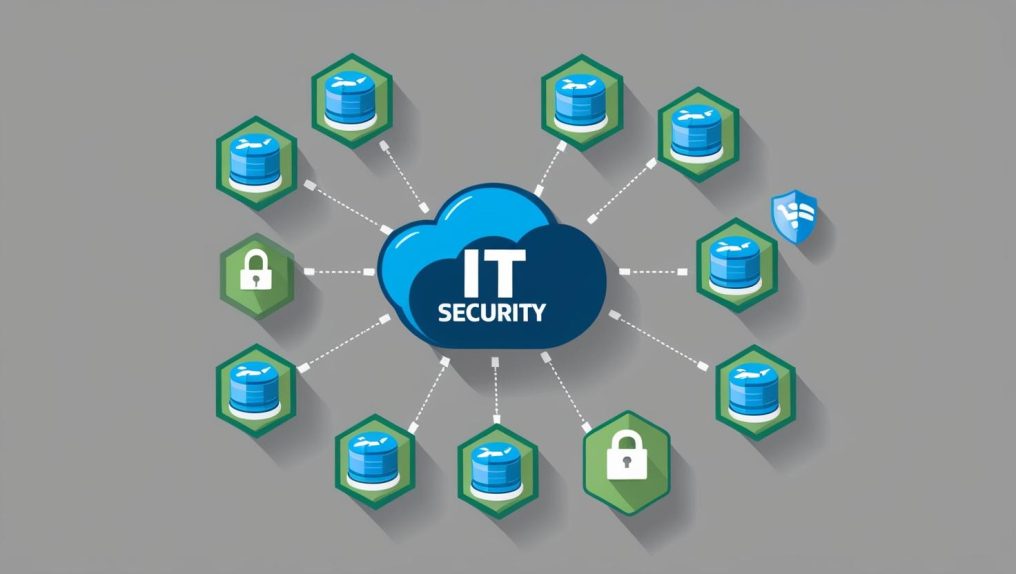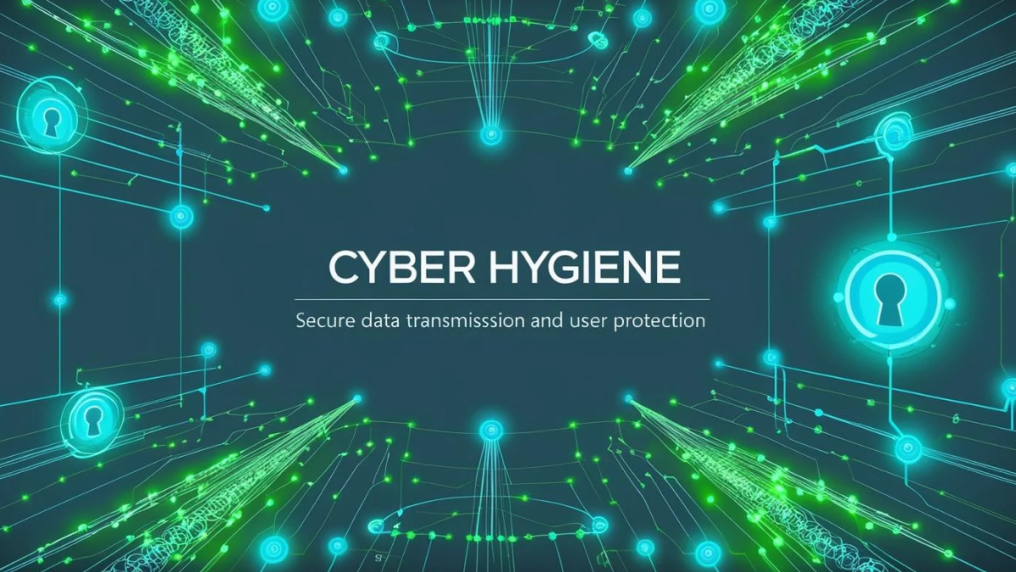Even when there is no malicious intent, unsanctioned applications can cause major problems for your agency By Bryan Johnson, IT Director, Alliant National Title Insurance Company Have you heard of shadow IT? The term conjures images of masked criminals poking around on your server or installing dangerous devices. Yet shadow IT is usually more mundane, referring to applications installed without …
Ready or Not: Preparing for the FinCEN Final Rule
By Elyce Schweitzer, Esq., Regulatory Compliance Officer, Alliant National; andValerie J. Grandin, Esq., Sr. Underwriting Counsel Florida and Vice President, Alliant National Here’s a riddle for the title insurance and real estate industries: what does Dolly Parton’s song, “Here You Come Again” have to do with FinCEN, its Geographic Targeting Orders (GTOs), and its Final Real Estate Report Rule (Final …
Vendor Security: The Weakest Link?
Vendors carry unique risks; here’s how to address them Remember the TV show The Weakest Link? Running from 2000 to 2012, the show enjoyed quite a bit of popularity back in the day. Host Anne Robinson’s catchphrase “You are the weakest link-goodbye!” even became part of the cultural lexicon for a moment in time. A business’s cybersecurity strategy will inevitably have …
Deepfake Dangers Part 2: How AI Is Fighting the Fraudsters
Deepfakes are a serious threat to our industry; but AI can help us fight back. In my last blog article, I discussed how deepfake fraud is a growing threat in the real estate industry and what you can do to combat it in your workplace. This time, I thought it would be helpful to take a deeper dive into some of …
Deepfake Dangers: How AI Trickery Is Targeting Real Estate Transactions
From Sci-Fi to Real Life: The Evolution of Deepfake Technology Once upon a time, the idea of digitally swapping faces or creating hyper-realistic videos of people saying things they never actually said was confined to Hollywood blockbusters. Think of movies where actors were digitally de-aged or deceased celebrities made surprising cameos. However, in 2017, a new term hit the internet: …
Are You Practicing Good “Cyber Hygiene”?
You know the value of practicing dental hygiene. The same is true for your cybersecurity! Anyone who has been to the dentist knows the drill. You are in the middle of getting your cleaning, and your hygienist starts asking about your flossing habits and the toothbrush you use. This isn’t mere chit-chat but rather a way for your dentist to …
Top Cybersecurity Resolutions For 2025
Like many people, I often find myself in a reflective mood at the start of the new year. The days are getting longer, and the prospect of renewal is in the air. One area that I naturally like to focus on during this period is cybersecurity. As someone who has been in this field for a long time, I know …
Alliant National Agents Make Sure Crime Doesn’t Pay
We’re honoring agents who played a critical role in safeguarding buyers and sellers throughout 2024. It is famously said that “crime doesn’t pay.” Unfortunately, in the digital age, the opposite is often true. Fraud is a major problem in our industry, and a sad reality that many title agencies have to deal with. Yet a lot can be done to …
Meet The Top Five Seller Impersonation Personas
From eager beavers to phantom fraudsters, here are the tricks you need to watch out for. The world of title insurance is full of highs and lows. On the positive side, title agents often get to help aspiring buyers achieve their dream of home ownership. On the other hand, doing this work, and doing it well, means having to stay …
What What Should You Expect For Multi-Factor Authentication In 2025 And BeyondWhat
For over 15 years, multi-factor authentication (MFA) has played a critical role in how businesses operate securely online. The rise of cloud computing, social media, and mobile apps has made MFA essential for many companies—particularly in regulated industries. However, despite its importance, many users find MFA cumbersome due to its reliance on SMS text or authentication apps. The good news …












